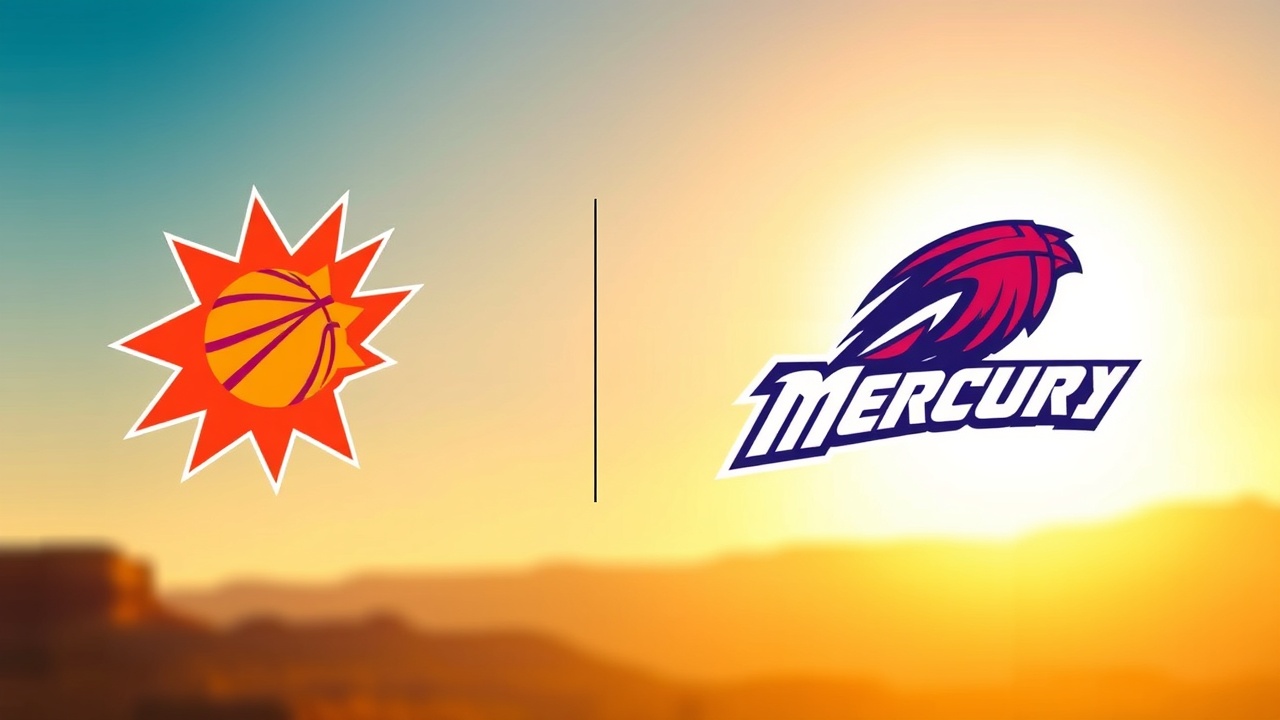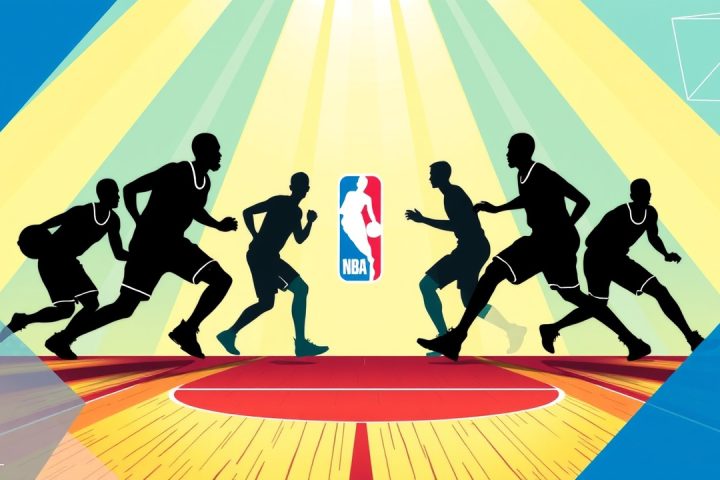Renewed Partnership for Accessibility
In a strategic move that underscores their commitment to increasing accessibility for fans, the Phoenix Suns and Mercury have forged a renewed partnership with Gray Media. This new agreement secures free, over-the-air broadcasts of their games throughout Arizona for an additional two-year period, spanning through the end of the 2027-28 season. Industry insiders have indicated that the value of this deal exceeds $30 million annually, effectively compensating for the lost revenue from their previous alliance with the now-defunct Diamond Sports Network, which the teams abandoned in 2023 due to financial instability.
Impact of Local Viewership
The dramatic upswing in local viewership for both franchises played a crucial role in this lucrative arrangement. The Suns have seen their local ratings more than double, while the Mercury skyrocketed their audience figures by 425%, paralleled by a notable surge in overall WNBA ratings. According to Mat Ishbia, the owner of both teams, the success of this initiative demonstrates the benefits of prioritizing fan engagement. He remarked,
“It was about doing right by the fans and making games more accessible. When you expand your fanbase, positive outcomes follow.”
Bold Decisions Amid Legal Challenges
This decision was marked by its boldness; at the time, the Suns faced legal repercussions when Diamond Sports filed a lawsuit alleging breach of contract. However, this dispute was resolved, allowing the team to independently produce their broadcasts and take to the airwaves, even providing free antennas to fans to enhance accessibility. Additionally, the launch of a streaming platform named Suns+ has further diversified the viewing options for supporters.
Influence on Other NBA Teams
The challenges facing regional sports networks (RSNs), primarily due to the rise of cord-cutting, are influencing many teams in the NBA. The Suns’ approach has caught the attention of other franchises grappling with similar RSN dilemmas, prompting a wave of teams to explore models that include over-the-air broadcasts, including the Utah Jazz, Charlotte Hornets, and New Orleans Pelicans.
Financial Pressures and Future Outlook
As the NBA enters a transformative period, highlighted by a massive new national media rights agreement worth $77 billion set to begin this season, financial pressures persist. Many teams must contend with dwindling local TV revenues, prompting some to adjust their salary cap projections. For instance, the New York Knicks have renegotiated their local television deal, resulting in a $41 million reduction from the previously scheduled $148 million for the 2025-26 season.
Ishbia has been in dialogue with other league owners regarding these shifting financial landscapes, optimistic that the model adopted by the Suns and Mercury can serve as an example for others. With 18 NBA teams’ RSN contracts set to expire in the coming two years, there is a growing necessity for innovative solutions encompassing both traditional broadcasting and streaming services.
“Many were hesitant to take less revenue or even no revenue and rely on fan goodwill,”
Ishbia noted.
“But hopefully our success can inspire other teams to rethink their strategies and emphasize customer satisfaction.”




